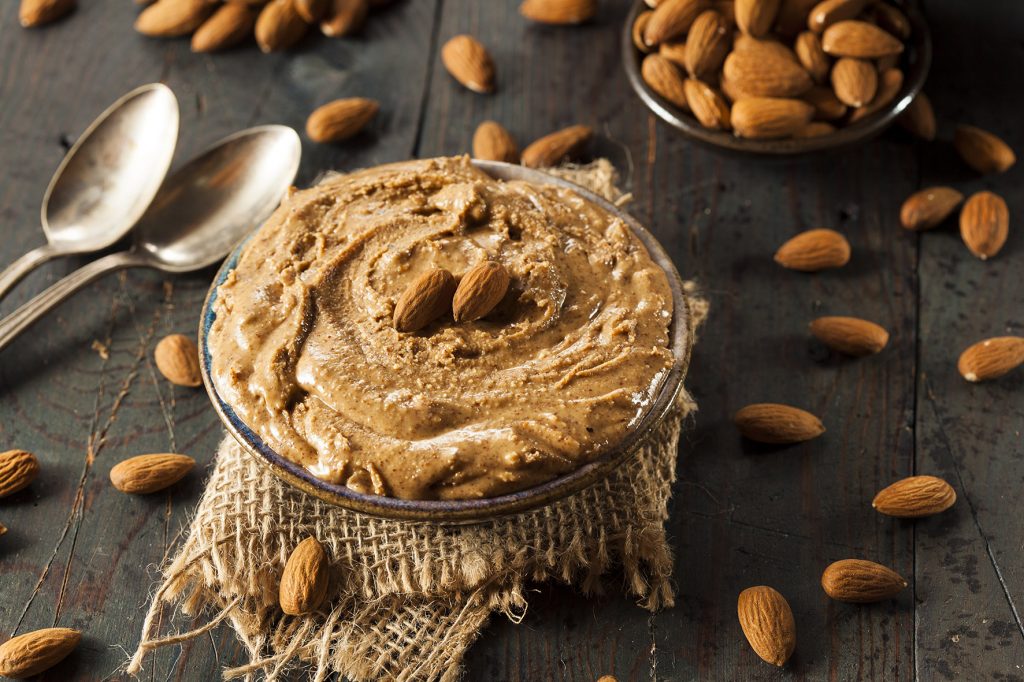Peanut butter has been a go-to staple in North America since the early 1900s. However, over the past few years, almond butter emerged on the scene as a tasty and healthy alternative.
If you’re wondering whether to buy almond vs. peanut butter on your next shopping trip, it’s best to learn more about these delicious and healthy snacks. This way, you can ensure you choose the best option for your taste preference and nutritional needs.
Keep reading this guide to learn everything you need to know about the differences between almond butter and peanut butter!
Almond vs. Peanut Butter
Peanut butter is made from dry-roasted peanuts. Peanuts are actually a legume and are more related to lentils and beans. Peanuts are the edible seeds of the plant and are a great source of fiber, protein, healthy fats, and carbohydrates.
You can make your own peanut butter and find low-sugar and gluten-free peanut butter in various flavors. You can discover more here to learn about gluten-free peanut butter options.
Almond butter is an alternative to peanut butter that’s made by roasting raw almonds and blending them until creamy. You can buy almond butter at the store, but many people make it at home to save money. All you need is a food processor or high-speed blender.
Differences in Taste and Texture
Almond butter tastes much like peanut butter. It has a richer and nuttier flavor, and the texture is usually gritty. However, the texture of peanut butter is smooth and creamy. Like peanut butter, you can find chunky versions of almond butter.
Many people prefer to eat peanut butter because of its smooth texture, but almond butter may be the better choice if you prefer a grittier texture.

Nutritional Content
Almond butter is rich in magnesium, calcium, iron, and vitamin E. It’s also high in monounsaturated fatty acids (MUFAs), which are heart-healthy fats.
Each serving of almond butter has approximately 98 calories, 8.9 grams of fat, 3 grams of carbs, and 3.4 grams of protein per serving.
Peanut butter is also high in MUFAs but has slightly less than almond butter. It also has higher amounts of saturated fats, but this amount is not enough to make a significant difference.
It’s a good source of calcium, vitamin E, magnesium, and iron. Peanut butter has 96 calories, 8.2 grams of fat, 3.6 grams of carbs, and 3.6 grams of protein per serving.
Peanut butter is slightly lower in specific micronutrients but is a good source of healthy fats and protein. On the other hand, almond butter has somewhat more MUFAs and marginally more fiber.
Overall, both peanut butter and almond butter are healthy choices, although you might find peanut butter less expensive than almond butter.
Almond Butter and Peanut Butter
Almond vs. peanut butter: They have similar nutritional profiles and are tasty snacks to include in your diet.
Choosing one or the other will come down to your taste preferences, budget, and allergies. Be sure to read the ingredients before you buy, and consider making them at home.
If you enjoyed this peanut vs. almond butter guide, check out our blog for more food and drink tips!





